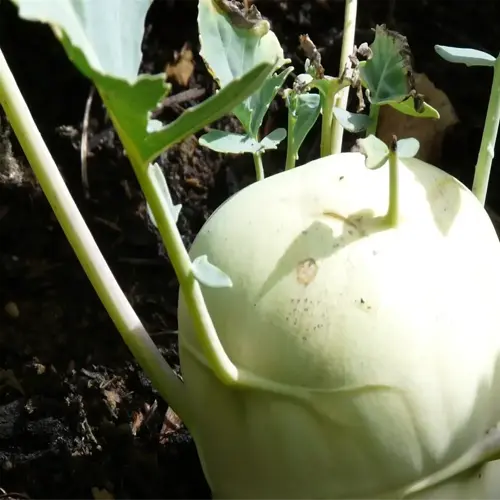Why are my sweet potatoes long and skinny?

Written by
Benjamin Miller
Reviewed by
Prof. Samuel Fitzgerald, Ph.D.You will commonly see long, skinny sweet potatoes when they are grown in compaction of soil or crowded together. I noticed last season that tubers had tripled in girth when I loosened my clay soil with three inches of compost. When roots are given room, they swell! But when the earth is compacted, the root is forced to grow downward instead of outward.
Soil Compaction Solutions
- Till soil 12 inches deep before planting
- Mix 30% coarse sand into clay soils
- Create raised beds for better drainage
- Avoid walking on planting areas
Fertilizer Fixes
- Use 5-10-10 NPK ratio instead of high nitrogen
- Apply phosphorus at planting for root development
- Side-dress with potassium 6 weeks after planting
- Test soil annually to prevent imbalances
Spacing Adjustments
- Plant slips 12 inches apart in rows
- Allow 40 inches between rows for airflow
- Thin vines if they exceed 3 feet length
- Use vertical trellises for bush varieties
The duration of the season has a significant impact on the shape of the tuber. As a rule of thumb, gardeners in the northern tier should look for 90-day varieties. I encourage growers to find ways to extend their growing season, like using hoop houses - my last fall allowed me an extra 3 weeks of growth period, which allowed thin, pencil-sized tubers to develop into 1-pound specimens.
Prevent excessive vine growth by pruning. Although sweet potato leaves function to produce an energy source for the plant, the uncontrolled vine growth utilizes energy and nutrients away from the tubers. I prune 20% of the vines when they reach 3 ft in length, which allows some energy to move down into the tubers, while still allowing the other vines to grow and produce photosynthesis.
Read the full article: How to Grow Sweet Potatoes: Complete Guide

